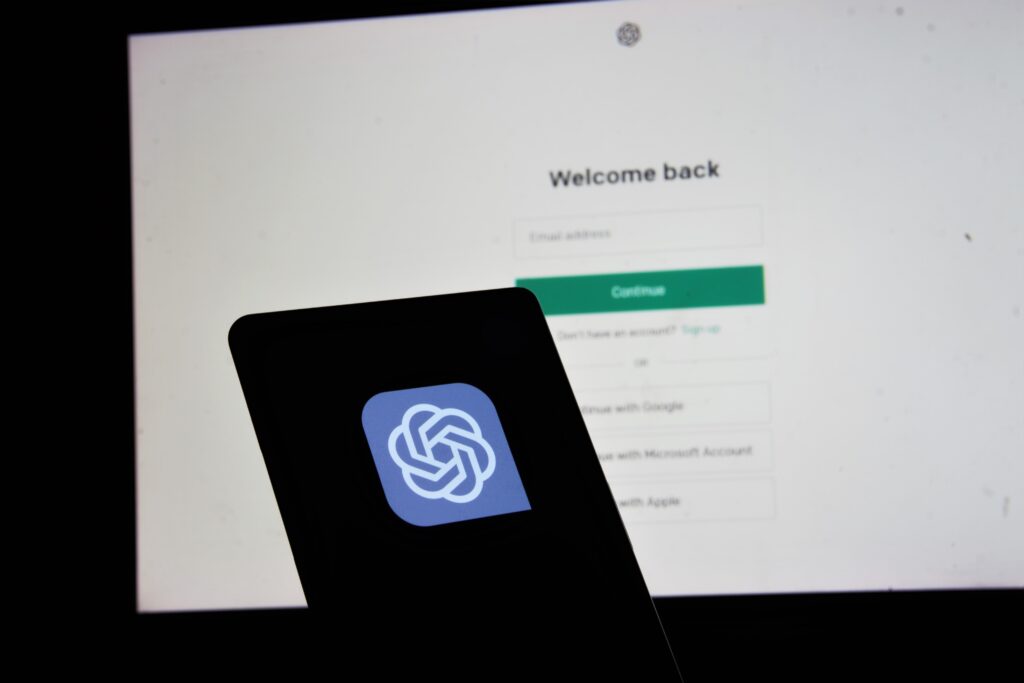Lead capture is a critical part of most B2B marketing campaigns, and many marketers will ignore other methods of advertising in favor of lead generation. That would be a mistake, however, because data-driven advertising can help businesses put their messages in front of the right audience and give them insights into which accounts are most likely to take action. And when 44% of sales reps have too much on their plates to follow up with every lead they get, marketers need the ability to identify and prioritize the highest-intent leads.
With data-driven advertising, marketers can not only serve ads to the right people, but also determine whether or not a business is interested in their product.
The Power of Data in Advertising
Data is the most important aspect of successful advertising campaigns. It can tell you which ads are most engaging, where you get the best return on ad spend (ROAS) from, and even which demographics are most interested in your products.
Data analytics allows marketers to identify the variables that make their ads work and recreate them for continued success. By discerning which ads were clicked, where they were served, and even at what time, marketers can get an idea of how people are engaging with their brand. Data reports can also give marketers an idea of where they can stop advertising, saving their ad spend for more profitable channels.
Analytics reports can also help marketers analyze the demographics of the people interacting with their ads and see how it compares to their ideal customer profile (ICP). If the demographics don’t align, they’ll need to adjust their ad strategy to get it in front of the right audience. If it does, they can see which companies are interacting with their ads and start more targeted lead generation efforts.
Case Study: A Successful Example of Data-Driven Advertising
Although it’s a B2C example, the case of Denmark’s largest online bookstore that uses innovative ecommerce approaches is compelling. By tracking a visitor’s journey across their site, the company was able to automate emails based on the actions a visitor took that directed them to related products. As a result, their conversion rate increased by 80%, and they had the data they needed to create customer profiles and further personalize their online content.
Targeting the Right Audience
If a company doesn’t already have an ICP or target buying personas, they can use their advertising data to help them build one. The reports can show where people are interacting from, demographic information like age and gender, and even some of their related interests. If there’s a common trend among these categories, that will tell the organization that the people that align with those trends should be part of their target personas.
Once those personas are in place, marketers can then customize their ad campaigns to appeal to their different targets. The same ad campaign that works for a mid-30s female HR manager likely won’t be effective on a male VP of IT that’s over 50. When companies personalize their ad campaigns based on different personas, they can see as much as a 40% increase in revenue.
Leveraging Customer Insights
The only way for marketers to improve their ads is to look at the data. Generally, ads should run for at least two weeks before making any changes in order to collect enough data to analyze.
Marketers should also consider A/B testing their ads. This involves running two very similar ads with one variable, like a headline or call to action, changed. With A/B testing, marketers can quickly see which version is resonating better with their audience, allowing them to build future ads that will have a higher likelihood of success.
Measuring Success: Key Metrics
Key metrics are fairly personal to the organization, but most companies will look at some combination of ROAS, cost-per-click (CPC), cost-per-acquisition (CPA), click-through rate (CTR), or conversion rate (CvR) because most of them are readily available in the Google Ads dashboard. ROAS ranks #1 for the most important key performance indicator (KPI) for many businesses, but it can also be difficult to track.
Revenue isn’t always tied directly to ad impressions, especially when marketers are running ad campaigns on multiple channels. For example, a buyer sees a company’s ad while reading a blog article, but they don’t take action at that time. A couple of weeks later, they realize they have a need for a product the company is selling and does a direct Google search for them. If they fill out a contact form on the website, that lead isn’t going to be attributed to the ad, even though it made the search possible in the first place.
Due to this difficulty, marketers may want to get an idea of ROAS for the entire business before starting a new marketing campaign. Then, they can measure the success of the new campaign based on how the ROAS changes.
Data-Driven Advertising is the Key to Better Lead Capture
Data-driven advertising can give marketers the information they need to target the right audience and make sure they’re capturing relevant lead information. Data analytics can show organizations who’s clicking on their ads, which ads are resonating with buyers, and how ads are performing against critical KPIs. This also makes it easier to create a list of accounts for lead generation. And without complete data, it’s nearly impossible to attribute lead capture back to advertising spend, making ROAS extremely difficult to calculate.For help putting data behind your advertising and lead generation strategies, check out our list of the best marketing analytics software.





